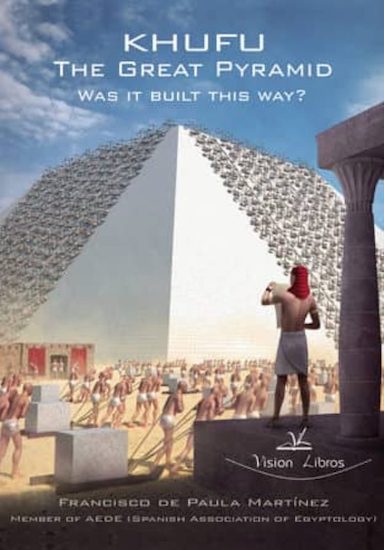Convenient, entertaining, and provocative, talk radio today is unapologetically ideological. Focusing on Rush Limbaugh—the medium's most influential talk show—Rushed to Judgment systematically examines the politics of persuasion at play on our nation's radio airwaves and asks a series of important questions. Does listening to talk radio change the way people think about politics, or are listeners' attitudes a function of the self-selecting nature of the audience? Does talk radio enhance understanding of public issues or serve as a breeding ground for misunderstanding? Can talk radio serve as an agent of deliberative democracy, spurring Americans to open, public debate? Or will talk radio only aggravate the divisive partisanship many Americans decry in poll after poll? The time is ripe to evaluate the effects of a medium whose influence has yet to be fully reckoned with.
- Table of Contents
- List of Figures
- List of Tables
- Acknowledgments
- 1. Introduction
- 2. Political Talk Radio and Its Most Prominent Practitioner
- 3. Toward a Value Heresthetic Model of Political Persuasion
- 4. Talk Radio, Public Opinion, and Vote Choice: The "Limbaugh Effect," 1994-96
- 5. Talk Radio, Opinion Leadership, and Presidential Nominations: Evidence from the 2 Republican Primary Battles
- 6. The Talk Radio Community: Nontraditional Social Networks and Political Participation
- 7. Information, Misinformation, and Political Talk Radio
- 8. Conclusion
- Appendix A. The Limbaugh Message
- Appendix B. Excerpts from the Rhetoric Stimulus
- Appendix C. Excerpts from the Value Heresthetic Stimulus
- Notes
- References
- Index

